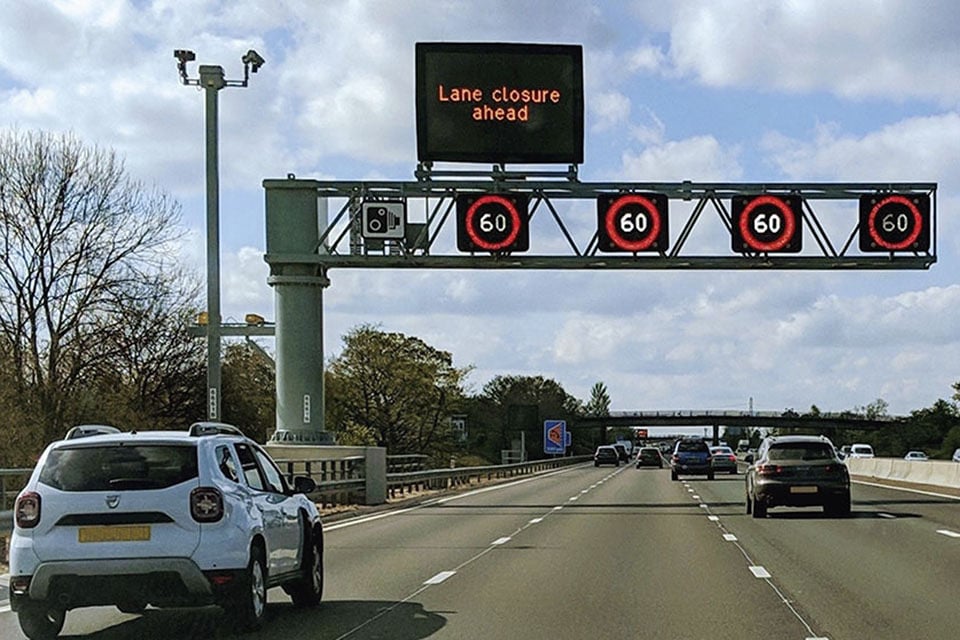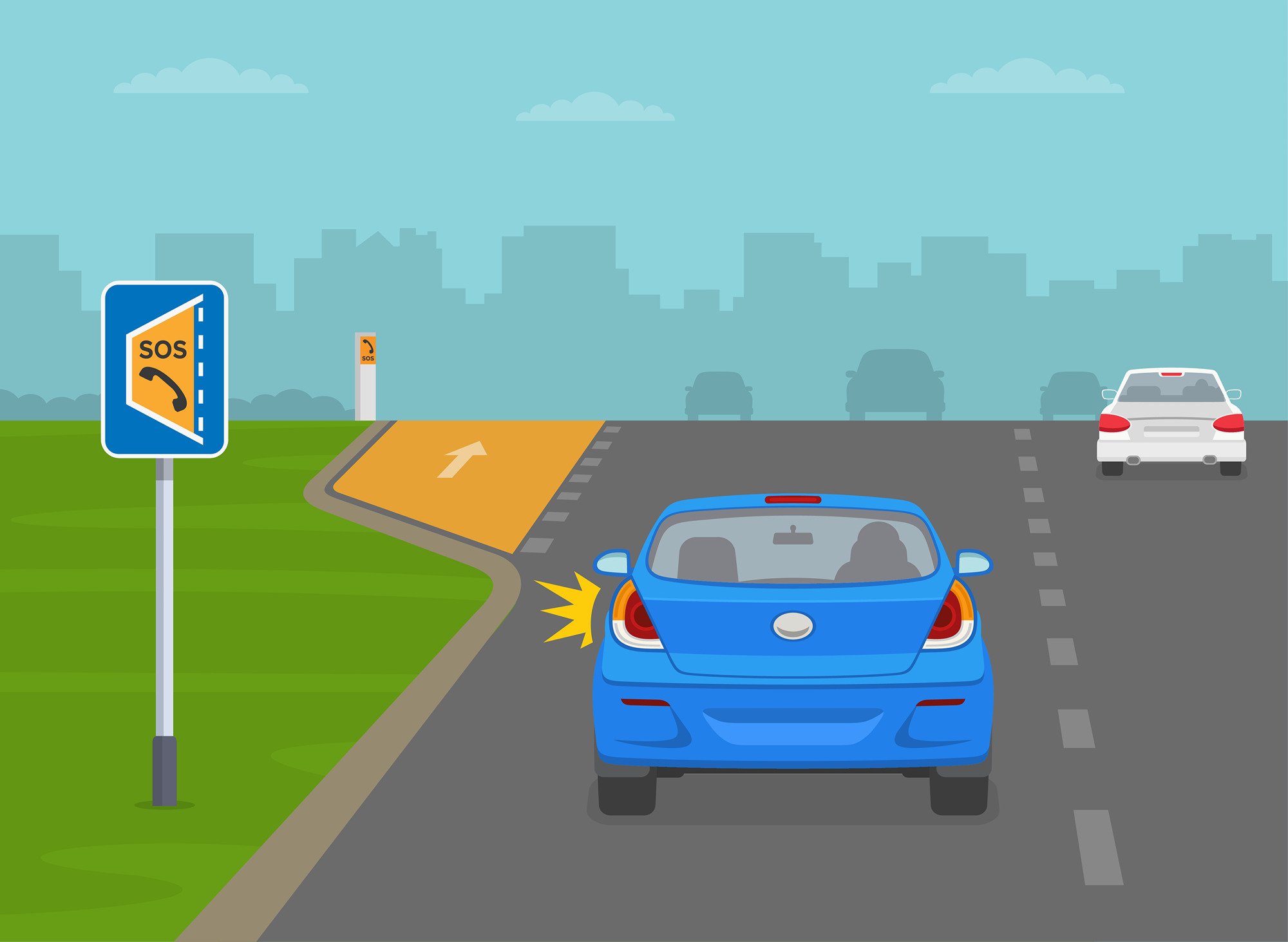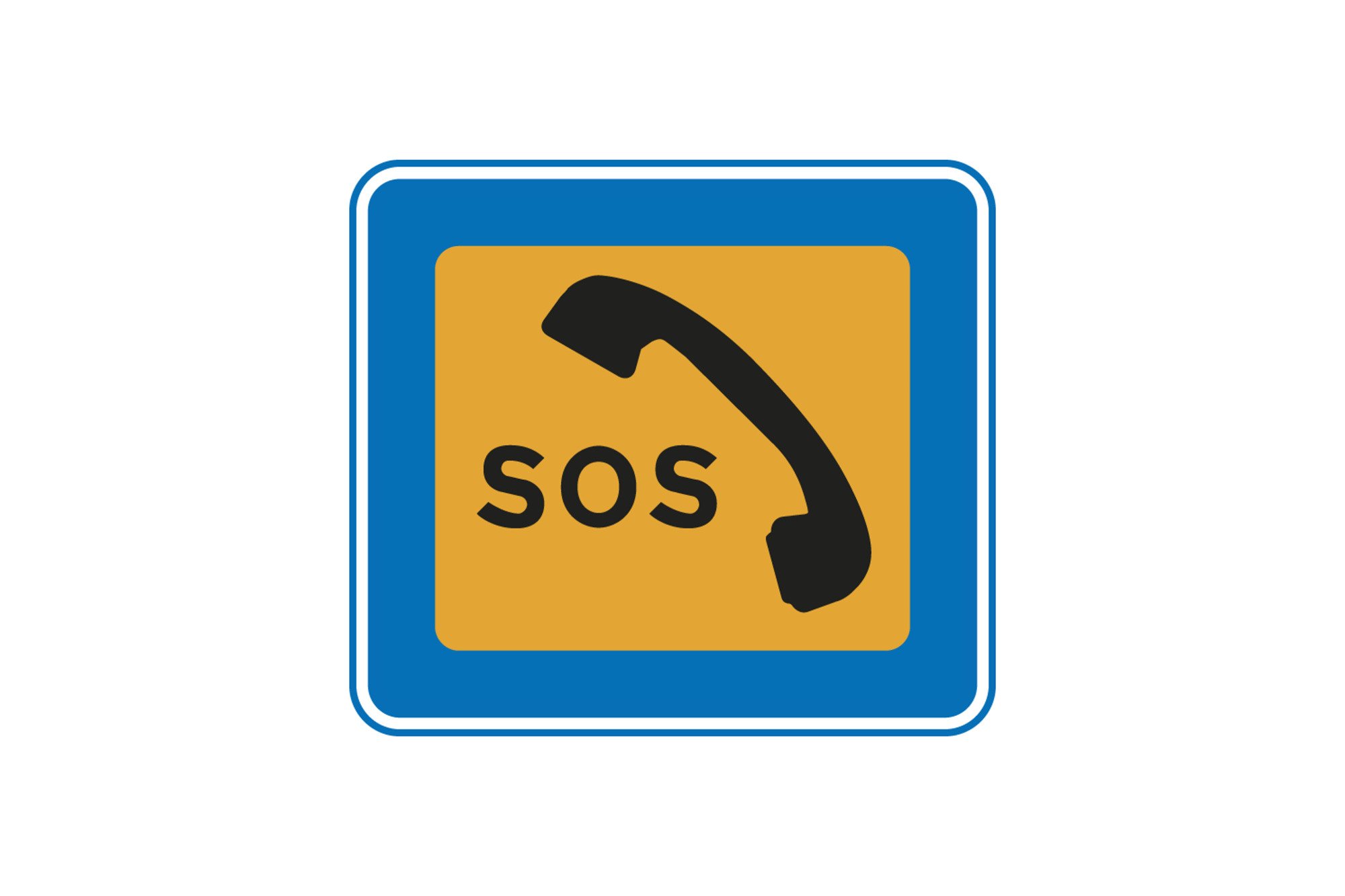The Hard Shoulder Explained: UK Motorway and Smart Motorway Guide
A guide to the Hard Shoulder
Introduction
The hard shoulder is one of the most recognisable features of a motorway — yet for many drivers, it remains a mystery.
With the introduction of smart motorways, confusion has only grown about when the hard shoulder can and can’t be used.
This guide clears up the uncertainty and explains everything you need to know about the hard shoulder, whether you’re driving on a traditional or smart motorway.
What Is the Hard Shoulder?
What Is the Hard Shoulder?
The hard shoulder is the narrow strip of tarmac running along the far-left side of a motorway, next to lane one.
Unlike country roads that often have grassy verges or “soft shoulders,” the motorway’s hard shoulder is a strengthened surface designed for emergencies only.
It’s usually 3.3 metres wide, separated from the live lanes by a solid white line, and intended as a place of last resort — not an extra driving lane.
Why Do Motorways Have a Hard Shoulder?
Why Do Motorways Have a Hard Shoulder?
When Britain’s motorway network was first built in the 1960s, engineers added a hard shoulder for two crucial reasons:
To provide a safe refuge for drivers whose vehicles break down.
To give emergency services access to incidents when traffic is stationary.
These principles still apply today, although the way the hard shoulder is used has changed with the rise of smart motorways.


Can You Drive on the Hard Shoulder?
Can You Drive on the Hard Shoulder?
Ordinarily, no — driving on the hard shoulder is illegal.
However, there are a few specific exceptions where it is permitted:
When directed by police or National Highways officers.
During roadworks, if temporary signs instruct you to use the hard shoulder.
On smart motorways, when overhead gantry signs display a speed limit above the lane and show it is open for use.
If you’re unsure, stay off the hard shoulder. It’s better to be cautious than risk a fine — or worse, a collision.
What’s the Penalty for Driving on the Hard Shoulder?
What’s the Penalty for Driving on the Hard Shoulder?
Improper use of the hard shoulder, such as overtaking or driving in it without instruction, can result in a £100 fine and three penalty points on your licence.
In more serious cases, it may be treated as careless or dangerous driving, attracting far steeper penalties.

What Is a Smart Motorway?
What Is a Smart Motorway?
A smart motorway uses technology to manage traffic flow and reduce congestion.
This can include variable speed limits, lane-control signs, and, in some cases, using the hard shoulder as a running lane.
There are two main types:
Dynamic Hard Shoulder – the hard shoulder opens to traffic at busy times.
All-Lane Running – the hard shoulder is permanently converted into a live lane.
Smart Motorway Hard Shoulder Use
While these systems aim to improve traffic flow, many motorists — including the RAC and other safety organisations — have raised concerns that removing the hard shoulder increases risk to stranded drivers.
National Highways is working to improve visibility and spacing of Emergency Refuge Areas (ERAs) as a result.


When Can You Stop on the Hard Shoulder?
When Can You Stop on the Hard Shoulder?
Stopping on the hard shoulder is only allowed in an emergency, such as:
A breakdown
A medical emergency
If you are instructed to stop by police or a highway officer
When you can't stop on a hard shoulder
It is not acceptable to stop for any of the following:
Making or receiving phone calls
Using the toilet
Taking a rest break
According to National Highways, over 100 people are killed or injured each year while stopped on hard shoulders.
If you need to stop:
Pull as far left as you can.
Turn on your hazard lights and sidelights.
Leave the vehicle using the left-hand doors only.
Wait behind the safety barrier, well away from moving traffic.

Can You Walk on the Hard Shoulder?
Can You Walk on the Hard Shoulder?
Walking on the hard shoulder is normally illegal and extremely dangerous.
The only exception is if you’ve broken down and need to reach an emergency phone.
If you must walk:
Always walk towards oncoming traffic so you can see vehicles approaching.
Stay alert and close to the barrier.
Avoid walking at night or in poor weather unless absolutely necessary.
How to Use an SOS Phone
How to Use an SOS Phone
Bright orange SOS phones are installed roughly every mile along the motorway. They connect directly to the police or National Highways and are free to use.
To use an SOS phone:
Follow the arrows on the roadside marker posts to the nearest phone.
Lift the handset — it connects automatically.
Give the operator the number printed on the phone box.
Describe your situation clearly and follow their advice.
Help will be dispatched as quickly as possible, and the operator can monitor your safety via CCTV.

Using the hard shoulder
The hard shoulder exists for emergencies — not convenience.
Use it only when absolutely necessary, follow the rules carefully, and always prioritise your safety and that of your passengers.
Whether you’re driving on a traditional motorway or a modern smart motorway, knowing the correct procedures could save your life.



